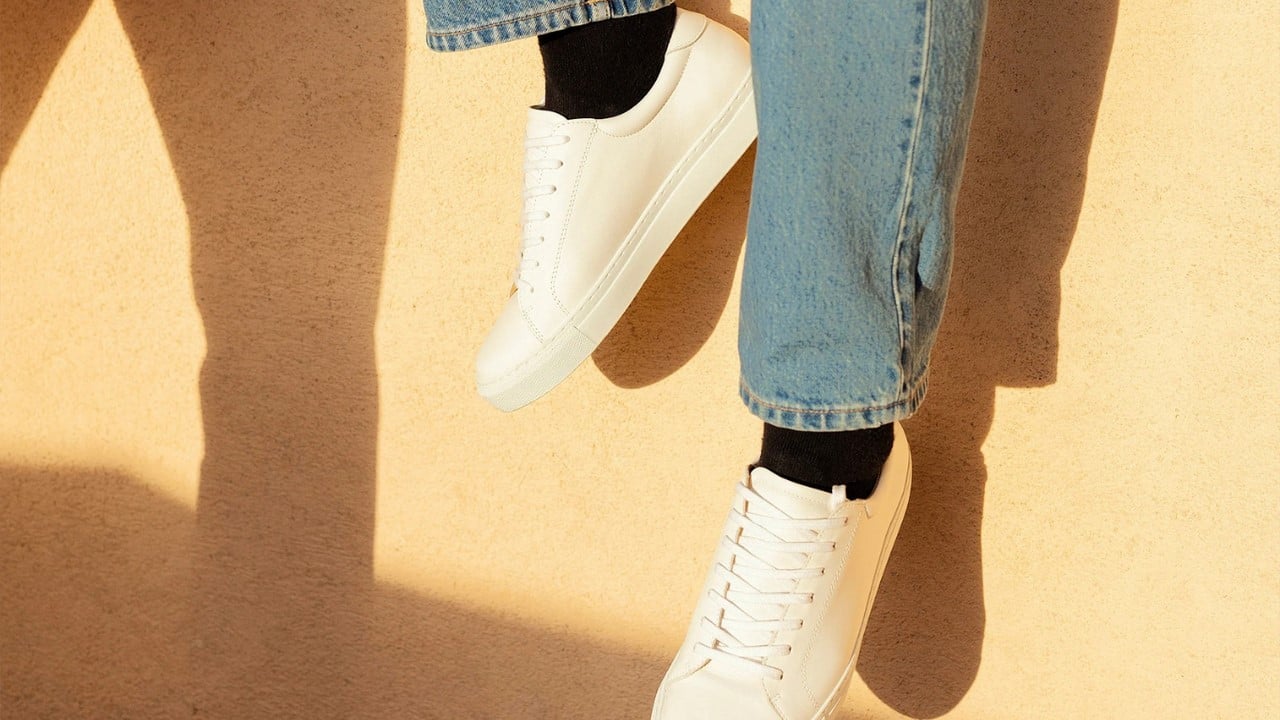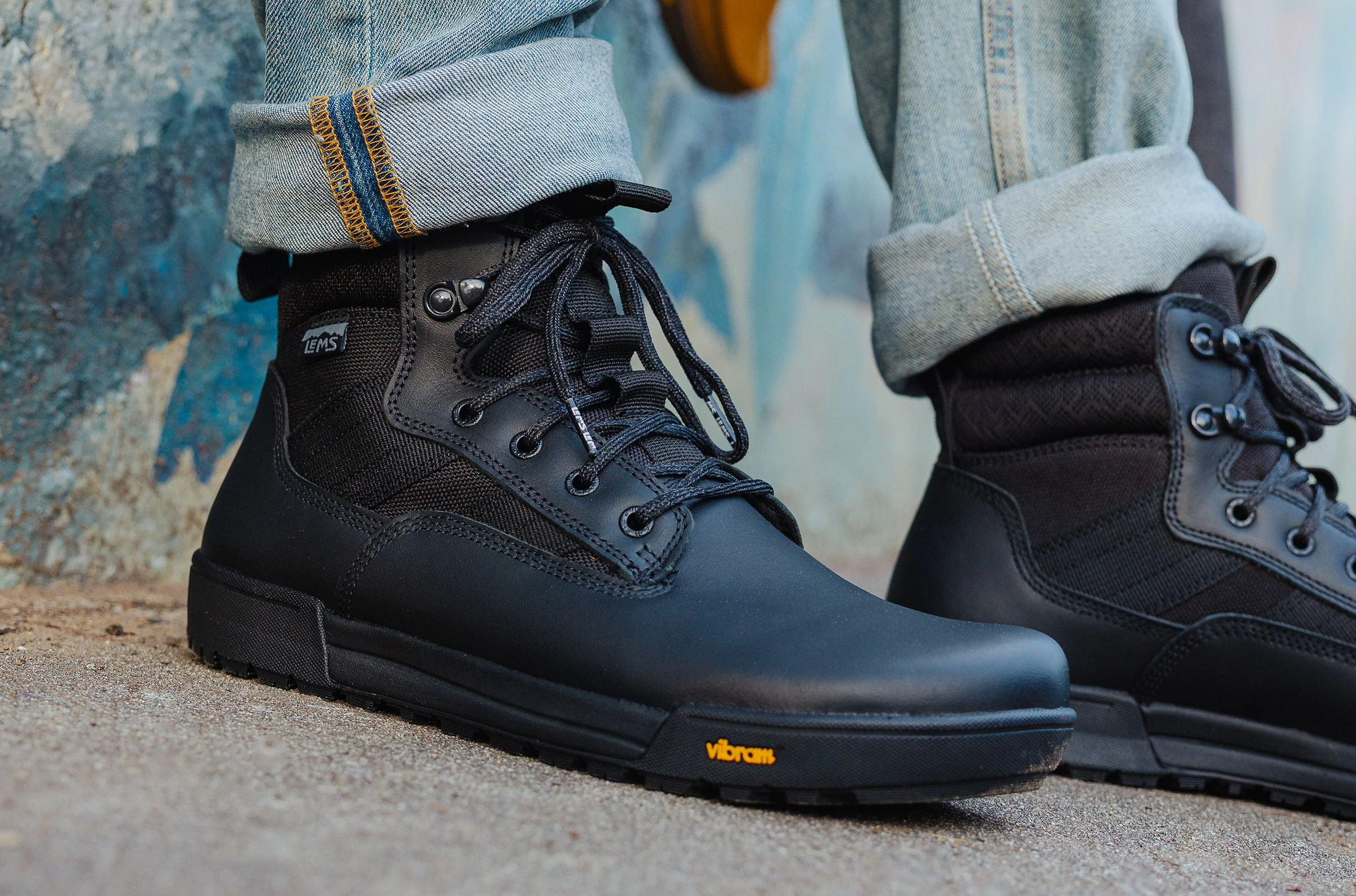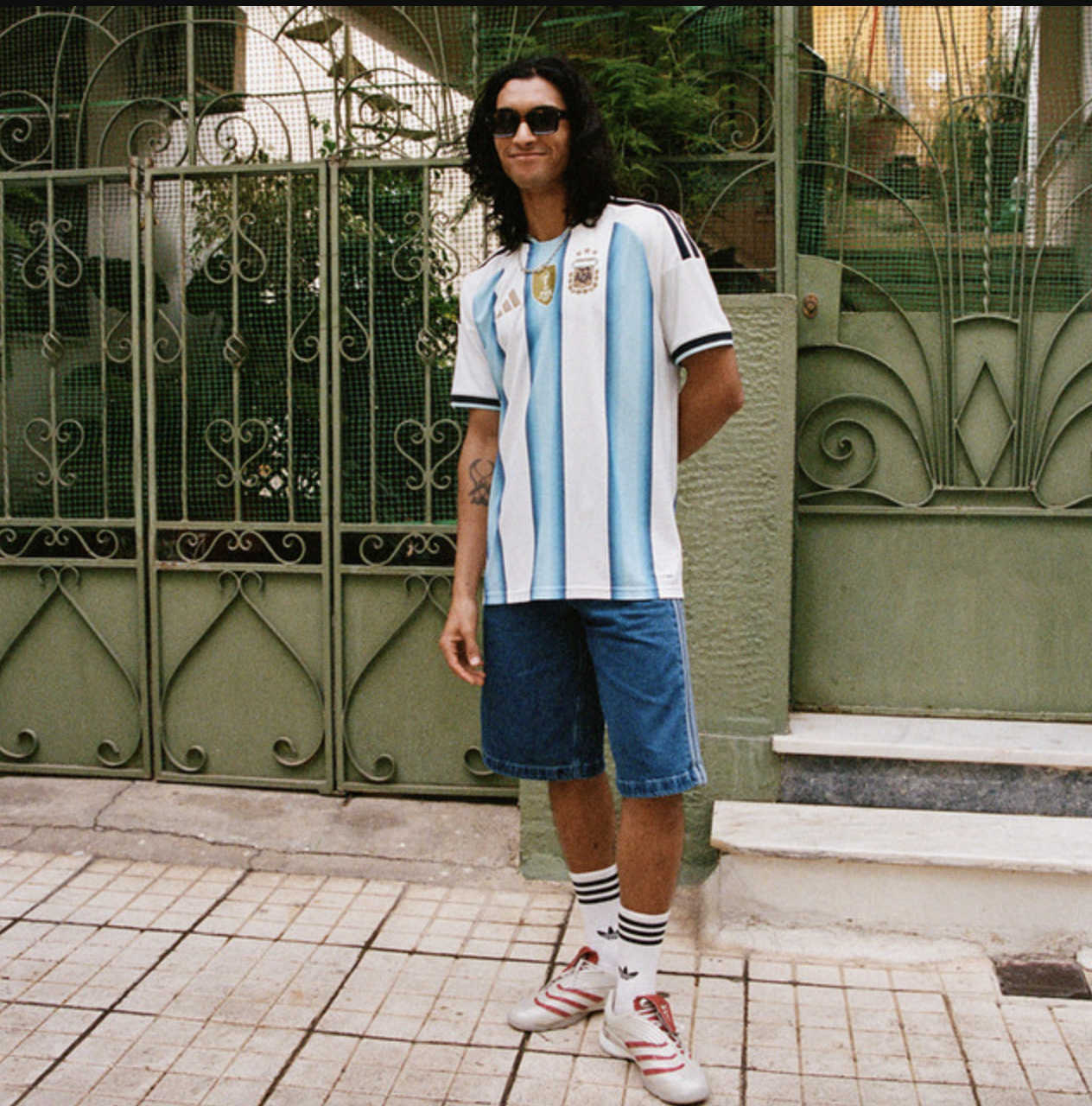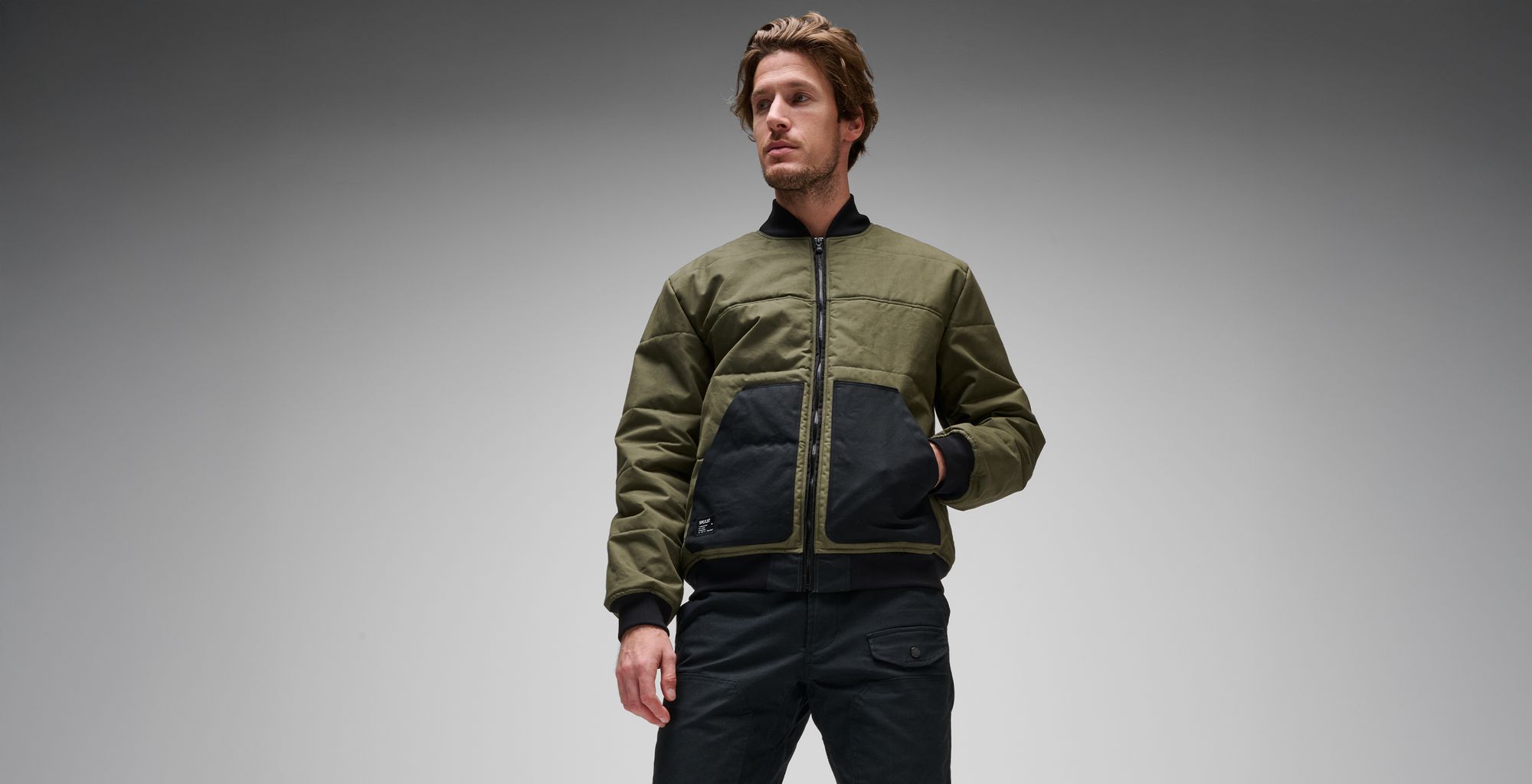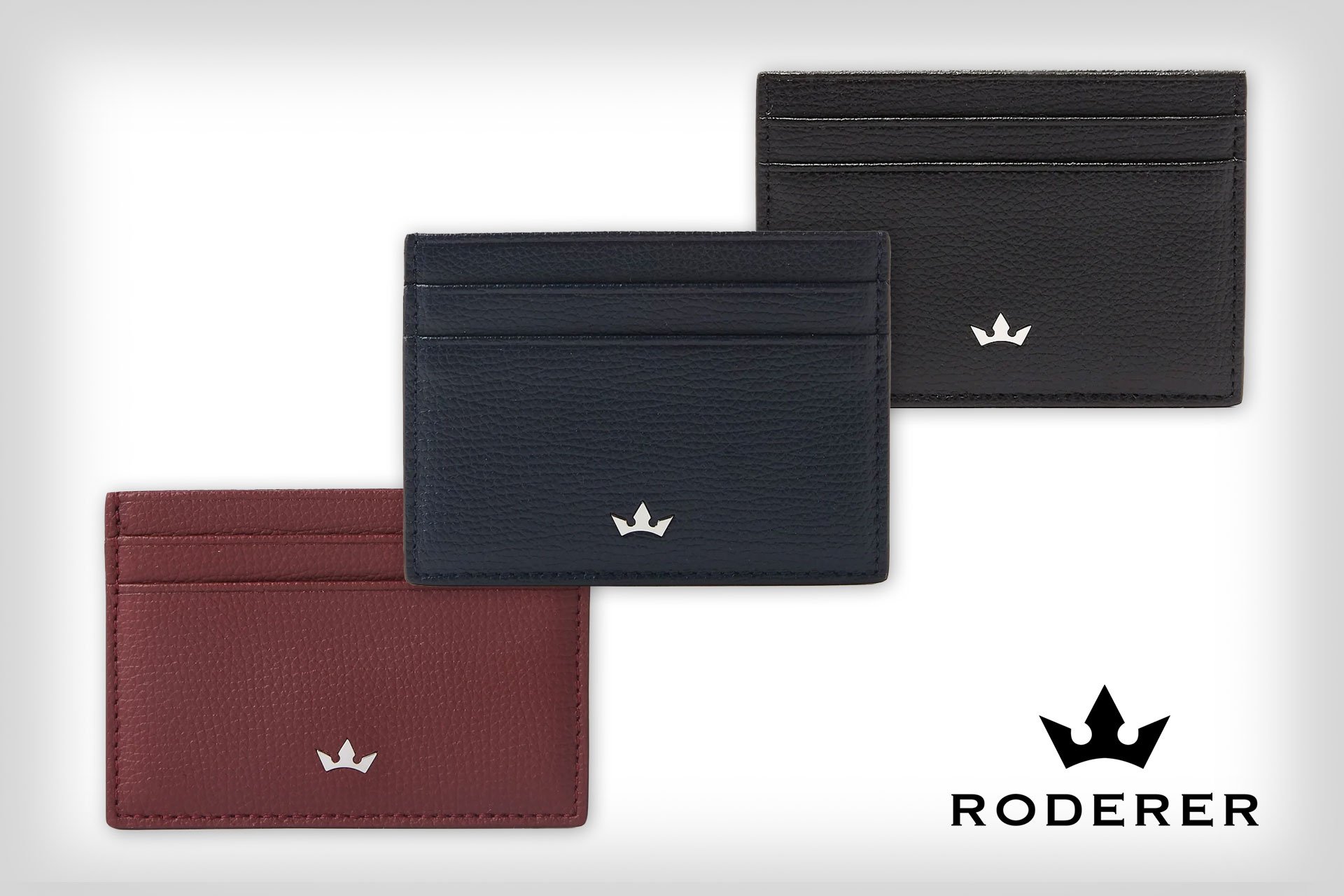The Evolution of Sex Part 2: The Biology of Maleness
Dec 12, 2025Australia’s Luxury Market Set For Unexpected Renaissance, According To Industry Insider
- Aug 6, 2024
- 0 Comments
257
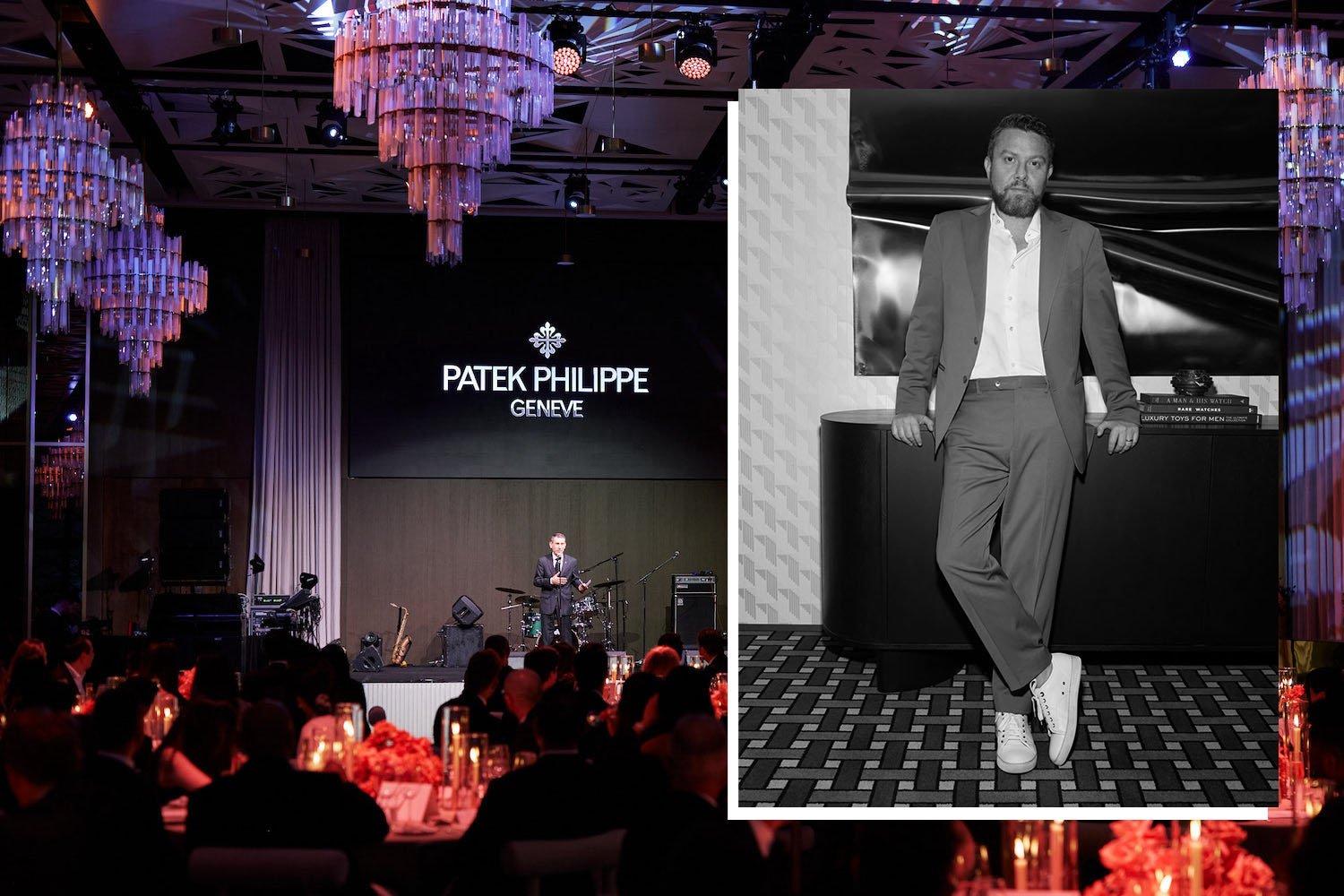
Retail is down thanks to Australia’s cost-of-living crisis, not to mention the impact of a downturn in key luxury markets like China. But what does that mean for the luxury watch sector? Is there light at the end of the diamond-encrusted tunnel? We sit down with James Kennedy, Managing Director and CEO of Kennedy to find out.
After the global pandemic, a phenomenon called “revenge shopping” emerged. Customers who had been reluctant to splurge on luxury goods during a period of immense uncertainty looked to indulge in high-end purchases in a post-pandemic pandemonium.
Markets that had stagnated saw huge surges in consumer spending globally as customers were desperate to make up for lost time during the quickly-forgotten lockdown era. The luxury goods market was thriving once more, with the world’s biggest brands seeing record revenues in diverse and emerging markets.
Known for their affinity for luxury brands, Chinese consumers were among the biggest drivers of revenue growth, flocking to high-end retail stores and e-commerce platforms. Luxury kingpins like LVMH boss Bernard Arnault and François-Henri Pinault, CEO of Kering, which owns Gucci and Yves Saint Laurent, all benefitted from liberated consumers.
Yet, as economic pressures mounted, widespread shifts away from the good times and towards more conservative consumer behaviour have become more prevalent. The cost of living crisis has started manifesting in China’s middle class, with many high-net-worth individuals becoming more cautious about obnoxious displays of wealth.
“There’s still demand – there’s still a desire for luxury products.”
James Kennedy, Managing Director and CEO
Most recently, Gucci, perhaps the most guilty of obnoxious branding, saw a 19% drop in Q2 2024, a 7-year low for the once untouchable brand. Conversely, Hermès is among the few seeing growth, achieving a 13.3% increase in the second quarter of 2024, despite the challenging market.
The French luxury behemoth appears impervious to the economic downturn, unlike LVMH Group, which has its CEO Bernard Arnault’s fortune drop by $20 billion USD during the period to $187 billion USD. What’s $20 billion USD in the grand scheme of things?
That said, when Chinese spending habits shift, the Australian market feels the impact acutely; the luxury bubble starts to deflate.
With Chinese tourism still below pre-pandemic levels and foot traffic down in key luxury precincts across Australia, there’s growing concern regarding the health of today’s luxury market. But it’s not all doom and gloom; Australians are still spending but are taking their time to make big-ticket purchases like watches, handbags, and jewellery.
“We have to be cautiously optimistic,” James Kennedy tells DMARGE. “We are facing real macroeconomic issues globally – currency pressures. China is creating some problems globally; it’s affecting our exchange rate. It’s affecting the brands globally.”
It’s forced luxury retailers like Kennedy to take a breath and take stock. As Kennedy told us, there’s no point flogging a dead horse and promoting your products to a non-existent customer base. Whilst the market for high-end timepieces like Rolex and Patek Philippe has always been resilient and dependable amid transient markets in recent years, retailers have been forced to adapt to the evolving needs of their clients.
“If you go up 20% one year, but down 10% the next, you’re still up 10%. So I also think, you know, people shouldn’t get too panicked by where things are at right now. I think it’s just a moment for everybody to pause, as opposed to, you know, a calamity,” Kennedy continued.
“Watches have always had a positive trajectory over the decades.”
James Kennedy, Managing Director and CEO
“We had this incredible momentum of things going up and there’s a bit of momentum of things coming off. But like everything, it turns – everything’s cyclical. So I think all the brands, all the businesses, retail in particular, are recognising that they need to just pause, reset, rethink, recalibrate, and prepare for the ramp up in trajectory.”
During the pandemic, Kennedy was forced to look to more local markets as production ceased around the world; Sydney, Melbourne and Perth all saw an increase in demand for luxury watches as Australia’s discerning watch enthusiasts loosened the pursestrings with high-value purchases and Kennedy’s overseas clients weren’t able to travel.
But fast forward a couple of years and the luxury watch market that had previously enjoyed consistent growth is now grappling with macroeconomic headwinds. For the first time in decades, Swiss luxury watch brands that boast historic demand are taking some serious hits: supply chain disruptions, increased production costs and fluctuating currencies are all adding to the complexity of navigating the current landscape.
“With everything going on, I think it’s a moment of pause to say: ‘Okay, we can’t continue to get drunk on the Kool-Aid – that luxury goods are just going to be consumed no matter what, all the time.’ Even I’ve used the adage that ‘luxury is recession-proof’ – and to a degree it is. But, the luxury goods market is no less insulated than any other market from downturns,” Kennedy continued.
Although the watch market posted three consecutive record-breaking years in 2021, 2022 and 2023, the secondary watch market has been a thorn in the sides of big retailers for some time now. A dip in the supply chain, coinciding with increased demand, has seen the world’s biggest watch brands retailing at huge markups compared to the off-the-shelf cost.
“I think there was a period where the world did go a bit mad for luxury goods and buying – the prices were just insane. A new product should be always more expensive than a secondhand one. That’s just the way it should be. And that’s how it was for decades before,” James Kennedy said.
“And it’s the same with cars, right? There was never a scenario where a second-hand car was more expensive than a new one. But all of a sudden, these Lamborghini Urus and these Porsche 911s and all these Ferraris – you’re lucky if you were able to get able to snag one brand new, and you’d make $100,000 AUD because you can sell it pre-owned to somebody else.”
It’s allowed the secondary watch market to consistently grow faster than the firsthand market, equating to about a third of total sales of luxury watches worldwide with brands like Rolex and Patek all enjoying big business for unattainable releases as customers desperate to secure the latest pieces from speculative resellers.
But over the last year, the grey market has been in decline; prices for the market’s biggest players have consistently dropped since its market high in March 2022, with Rolex, in particular, noticing reduced speculation for their most-coveted pieces.
It feels almost backwards that a used watch can command a higher fee online. Unless it’s a unique collector’s item or from a collector’s prized collection, you’d think a new watch would be more appealing to prospective buyers. But as waiting lists reached insane levels, customers were willing to pay a premium for the exclusivity and status that comes with owning a hard-to-find timepiece.
With the prices seemingly flattening after a prolonged freefall, brands will now look to mitigate the impact of the secondary market and regain a sense of control over pricing and distribution. Yet, one thing remains clear: the passion for horology endures.
“We’ve got an exciting 12 months ahead – we are in a period where it’s crucial to reset priorities, rethink strategies, and spend responsibly… The luxury market has always been about more than just opulence; it’s about smart, sustainable growth.”
James Kennedy
Looking ahead to 2025, the Kennedy Group plans to open a new Kennedy store alongside a standalone Rolex Boutique in luxury developments in Chadstone, in addition to a multi-category sensory Boutique that will open on Castlereagh Street in Sydney’s CBD.
The standalone Boutique continues the illustrious partnership that these two timepiece titans have enjoyed over the years, whilst Kennedy is also looking to expand its enviable product offering to include OMEGA, Breguet and Glashütte alongside Patek Philippe, Grand Seiko and many more to its exciting new locations.
As James says, now is not the time to panic. Instead, sweeping changes can often provide a timely opportunity to adapt, ensuring that luxury brands continue to resonate with consumers and maintain their prestige in the dynamic luxury market.
Publisher: Source link



